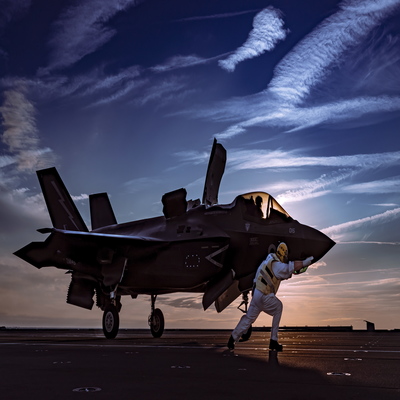At a glance
-
- Dates
-
- 07 - 11 Dec 2026
- Duration5 days
- LocationExternal
What you will learn
On successful completion of this module the students should be able to:
Define the fundamental terms used in gun design.
Describe the processes involved in the design of a gun system.
Compute the forces, pressures and stresses generated in a gun system during firing.
Demonstrate an understanding of the engineering and physical limits of gun systems in relation to their installation and performance.
Analyse the design of a gun system in relation to current standards and practice.
Understand the conceptual design of an ordnance system.
Evaluate the system requirements and recognise the practical issues related to meeting them.
Design a gun system and critically evaluate the integration of subsystems and their affect on the system performance.
Recognise and predict the effect of; stress, fatigue, wear and thermal loading on a gun system.
Communicate effectively the design of a gun using detailed engineering drawings.
Report, concise and clearly the design of a gun.
Core content
Gun design pressure and maximum safe pressure curves
Barrel material and heat treatment
Ordnance design (strength), pre-stressing, autofrettage stresses (hydraulic and shrink fit)
Ordnance design (fatigue)
Barrel thermodynamics
Breech design; load analysis, stress evaluation in both sliding and screw breech mechanism, supported by a tutorial
Recoil system design; buffer assembly, recuperator and control to run-out and muzzle brake design
Gun control algorithms
Gun mounting; general problems of fitting guns into vehicles, spatial and interference considerations, swept volume, recoil constraints, gun and turret location, tactical and strategic mobility implications, ammunition stowage and replenishment, saddle and cradle design
Ammunition handling; need for mechanised loading system, advantages and disadvantages, ammunition handling chain, design consideration, influence of ammunition configuration, typical stowage configurations, autoloader concepts (artillery and tank), features and examples of autoloaders
Introduction to fatigue and fracture mechanics for gun barrels, real life effects in gun barrels, realistic fatigue life calculations, failure mechanisms and implications for wear and erosion
Case study (Ordnance design exercise): Ammunition design, gun design pressure, barrel and breech configuration including autofrettage stresses and fatigue life, rate of fire and operating temperature, recoil system and cradle design, CAD modelling and engineering drawings, material and manufacturing specifications.
Read our Professional development (CPD) booking conditions.
